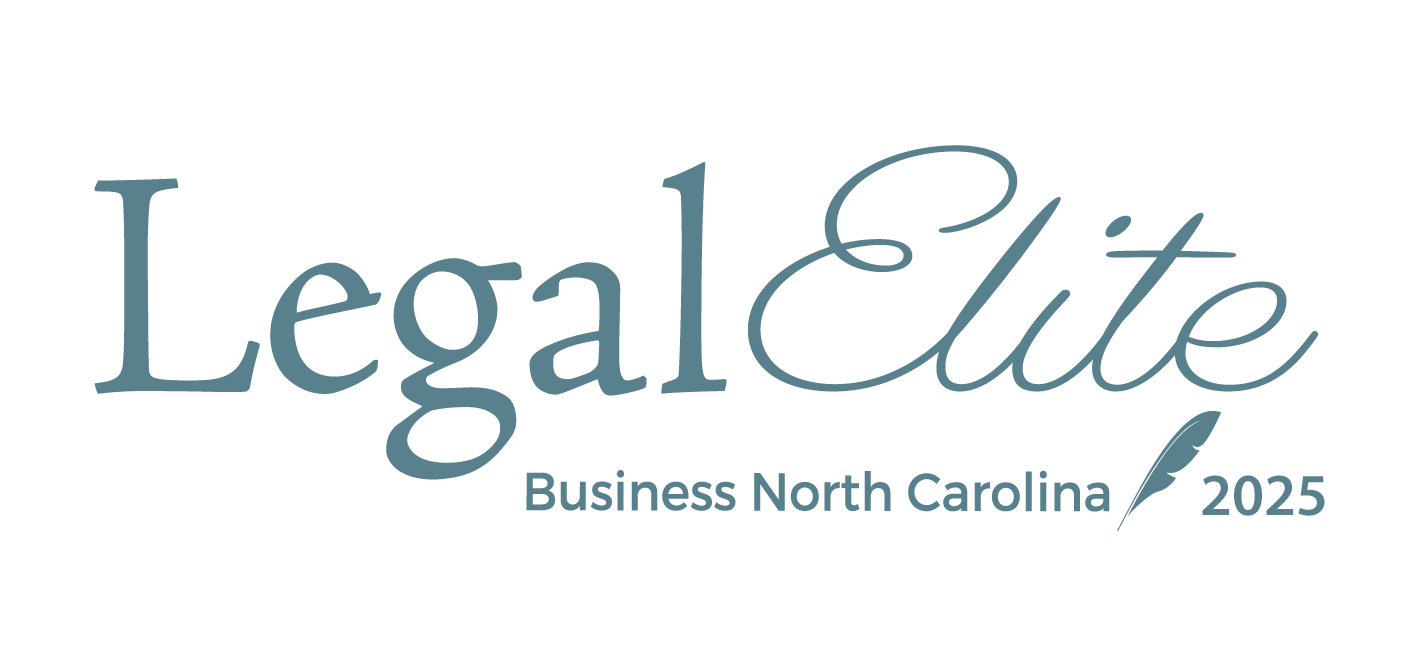Ed. Note: This is the first article in our series, “Conjuring Competitive Advantage: An AI Spellbook for Leaders,” focused on unlocking AI for business with practical steps and insights. Read Part 2, Part 3, Part 4 and Part 5.
Artificial intelligence isn't a novelty reserved for tech firms; most businesses have been using AI tools for years without realizing it.
Businesses have long leveraged AI capabilities to organize massive document repositories, identify complex patterns in data, and automate manual tasks such as approvals, scheduling, and workflow management. The technology has quietly revolutionized back-office operations across industries, from financial services using AI for fraud detection to healthcare organizations employing it for diagnostic support and patient scheduling.
Today's excitement centers on generative AI (GenAI). These sophisticated models can generate text, images, or code from plain-language prompts. Hybrid options combine machine learning and natural-language processing to create remarkably capable chatbots and content generators. However, because these models predict one word at a time based on probability patterns, they can stray off-course and produce convincing but wrong answers, especially when trained on 'unclean' data or limited datasets.
Businesses today must understand both the promises and the pitfalls, implementing appropriate guardrails and verification processes to harness AI's power while mitigating its risks.
Key AI Concepts Every Business Leader Should Know
- Artificial Intelligence (AI): A machine-based system that makes predictions, recommendations, or decisions to meet human-defined objectives. AI encompasses everything from simple rule-based systems to complex neural networks that can learn and adapt over time.
- Machine Learning (ML): Techniques for training AI algorithms to improve performance based on data, allowing systems to learn patterns and make decisions without explicit programming for every scenario.
- Large Language Model (LLM): A deep-learning model trained on vast text sets to capture patterns in natural language, enabling sophisticated text generation and understanding capabilities.
- Generative AI (GenAI): Models that emulate the structure of input data to produce new content, from marketing copy to technical documentation to creative designs.
- Agentic AI: AI systems that can act autonomously with limited supervision to achieve user goals, representing the next frontier in AI capability.
- Prompt and Output: The user's input to an AI system and the AI's response, where the quality of the prompt significantly influences the quality of the output.
- Hallucination: Fabricated or inaccurate information that appears plausible, a critical risk that requires robust verification processes.
AI models are only as good as their training data and implementation architecture. Poor data quality leads to unreliable outputs, while biased training sets can perpetuate or amplify discrimination.
Businesses should insist on 'sandboxed' and 'gated' tools (secure environments isolated from other users and data) to protect sensitive information. Additionally, businesses should consider retrieval-augmented generation (RAG) systems that augment prompts with trusted internal information to improve accuracy and relevance.
By customizing AI tools and their underlying architecture, Businesses can combine the innovative potential of generative AI with their own trusted data sources. This strategic blend delivers both creative power and accuracy, significantly reducing false outputs while enhancing practical value for the business.
Why Companies Adopt AI (And Why Some Don't)
The most common reasons for avoiding GenAI include lack of organizational priority, concerns about data use and privacy, and distrust of output quality. Many executives worry about regulatory compliance, potential liability issues, and the challenge of integrating AI into existing workflows. Some businesses fear that AI adoption might displace workers or create dependency on technology they don't fully understand. These concerns are legitimate and deserve careful consideration in any AI strategy.
However, among businesses that have embraced AI, most users employ GenAI daily to weekly, with adoption rates accelerating rapidly. Increased efficiency tops the list of reported benefits, with companies seeing productivity gains across diverse functions. Improved communication follows closely, as AI helps craft clearer messages, translate complex technical concepts for diverse audiences, and facilitate cross-functional collaboration.
Businesses also report significant cost savings through automation of routine tasks, enhanced accuracy in data analysis and decision-making, and better strategic insights from pattern recognition in large datasets. The key takeaway: AI can dramatically boost productivity and competitive advantage, but businesses need comprehensive education programs and robust governance frameworks to realize these benefits while managing risks.
Five Strategic Essentials for Business Leaders
- Identify AI opportunities strategically: Look beyond obvious automation targets to find transformative applications. Examine repetitive tasks, data-heavy processes, and decision bottlenecks where AI can improve both productivity and outcomes. Consider customer service enhancement, predictive maintenance, demand forecasting, and personalization opportunities. Map your value chain to identify where AI could create competitive advantages, focusing on areas with clear ROI potential and manageable implementation complexity.
- Develop comprehensive governance and usage policies: Establish clear policies that encourage innovation while mitigating legal, ethical, and business risks. Your governance framework should address data privacy, algorithmic bias, transparency requirements, and accountability structures. Include specific guidelines for different use cases, from customer-facing applications to internal productivity tools. Regular policy reviews ensure your framework evolves with technology and regulatory changes.
- Improve departmental efficiency systematically: Adopt AI solutions that streamline workflows and automate routine tasks across all departments. Start with pilot programs in receptive departments, measure results carefully, and scale successful implementations. Focus on augmenting human capabilities rather than replacing workers, emphasizing how AI can free employees for higher-value activities that require creativity, empathy, and strategic thinking.
- Protect intellectual property rigorously: Ensure that AI use respects your organization's IP while avoiding infringement of others' rights. Implement clear protocols for data handling, establish ownership rights for AI-generated content, and maintain audit trails for AI-assisted work. Consider how AI tools might inadvertently expose proprietary information and implement appropriate safeguards.
- Address AI risks in contracts proactively: Include comprehensive AI-related terms in vendor agreements to manage data privacy, cybersecurity, and liability concerns. Negotiate clear provisions regarding data usage, model training rights, indemnification for AI errors, and compliance with evolving regulations. Establish performance standards and remedies for AI system failures.
Successfully implementing these strategic essentials requires commitment from leadership, investment in employee education, and a willingness to iterate as you learn. Businesses that approach AI adoption thoughtfully, with clear strategies and appropriate safeguards, position themselves to thrive in an increasingly AI-driven business landscape.
In the next post, we'll explore how to build a governance framework that enables responsible AI adoption while maintaining agility and innovation.








